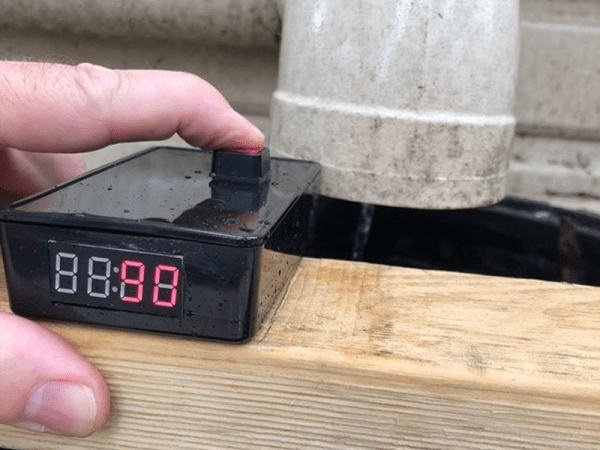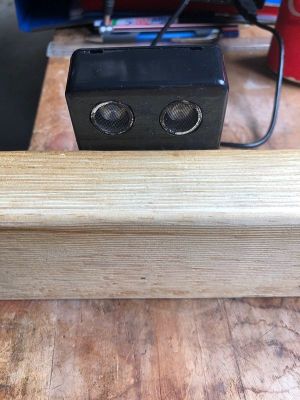What makes you afraid? Not like jump-scares in movies or the rush of a roller-coaster, but what are your legitimate fears that qualify as phobias? Spiders? Clowns? Blood? Flying? Researchers at The University of Texas at Austin are experimenting with exposure therapy in virtual reality to help people manage their fears. For some phobias, like arachnophobia, the fear of spiders, this seems like a perfect fit. If you are certain that you are safely in a spider-free laboratory wearing a VR headset, and you see a giant spider crawling across your field of vision, the fear may be more manageable than being asked to put your hand into a populated spider tank.
After the experimental therapy, participants were asked to take the spider tank challenge. Subjects who were not shown VR spiders were less enthusiastic about keeping their hands in the tank. This is not definitive proof, but it is a promising start.
High-end VR equipment and homemade rigs are in the budget for many gamers and hackers, and our archives are an indication of how much the cutting-edge crowd loves immersive VR. We have been hacking 360 recording for nearly a decade, long before 360 cameras took their niche in the consumer market. Maybe when this concept is proven out a bit more, implementations will start appearing in our tip lines with hackers who helped their friends get over their fears.
Via IEEE Spectrum.
Photo by Wokandapix.














